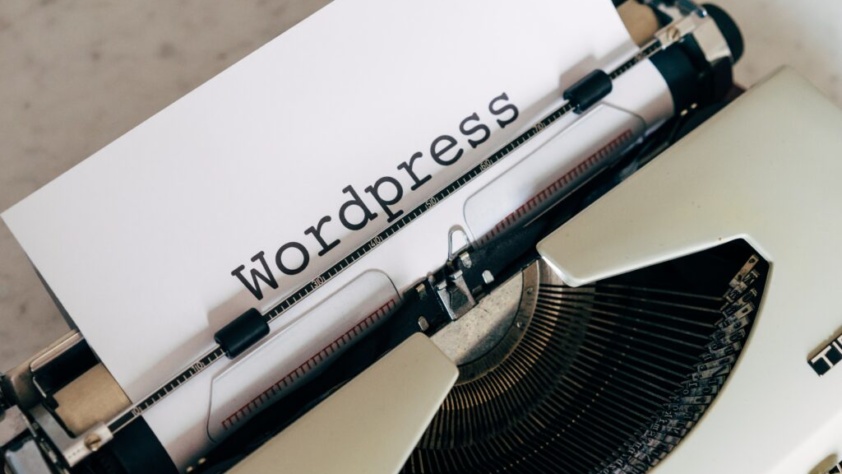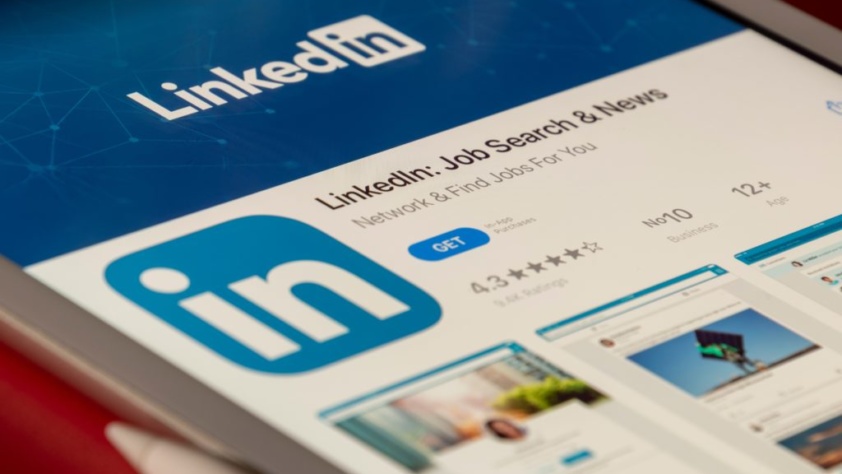With the ongoing cost of living crisis and the post-Christmas lull heavily impacting website performance, many businesses are asking themselves the question “How can I boost my site?”. With all industries being impacted, it’s more important than ever that your site is at the best level performance level.
Today I’ll talk through the six major site performance challenges that could hold businesses back in 2023, if not dealt with soon.
Let’s get into it.
You Are Not Prioritising A Responsive Design.
I know I have mentioned it time and time again, but having a responsive design in today’s modern world is key to retaining customers. If online shoppers have a poor user experience, it’s likely that they won’t return again.
If your site isn’t visually appealing or doesn’t function seamlessly no matter the device a visitor is using, you’ll turn away many potential customers.
By creating a responsive website design that incorporates best practices, you can relax in the comfort of knowing that users will have an easy, mobile-friendly experience that won’t leave them in a bad mood.
You Are Using A Heavy Website Design
When it comes to your site build, the lighter it is, the better. There are many reasons why, but it being faster is the main one due to it making it more favorable.
Speed is also key to climbing up the Google rankings too. Google considers a great load time a crucial factor of your SEO (Search Engine Optimization) success.
With heavy website design being a primary site performance challenge faced by many, look into creating a lightweight website soon to avoid missing out on potential customers in 2023.
You Have Hosting Issues
Picking the right hosting provider is no quick task – it’s important to find the right one for you. If your chosen hosting provider is inexperienced, your site could face security issues, grant slow page load speeds, and create an experience where your site crashes, impacting your consumer flow.
If you’ve faced these issues in the past, 2023 is the time to find a hosting provider that can meet your needs.
Selecting trusted hosting providers could prevent all the issues above and more. But you want to ask yourself the following questions when searching for yours.
- Do you expect any upcoming traffic spikes? If so, be sure to pick a hosting plan that can support this – otherwise, expect to face unwanted site crashes.
- Can your plan scale with you as your business grows?
- What kind of support is required from your hosting provider?
- How much are you willing to pay per month? Or annum?
You Are Facing Network Latency Problems
You perhaps may have heard of network latency in the past but are unsure of how this impacts the day-to-day operations of your website. In short, network latency refers to the length of time it takes for your information to travel between a sender (your site) and the receiver (your visitor/customers). If you want to have a successful 2023, you want to solve these issues sooner rather than later.
In an ideal world, you want your site to have low latency, but first, we must identify the reasons behind high latency issues. See some examples below:
- There are problems with your DNS (domain name server).
- Your site has not been formatted properly or features an unoptimized database.
- You receive a lot of heavy online traffic.
Your Site Features Outdated Themes & Plugins
If your website sits on a platform such as WordPress, it’s more important than ever that your themes and plugins are updated regularly.
Outdated plugins and themes can increase the risk of putting your site up against security threats, resulting in technical debt and producing compatibility problems that turn away visitors. Plus without updating your themes and plugins, you could be missing out on the incredible new website features they bring.
For a positive 2023, ensure you update your themes and plugins to prevent any website performance challenges. And, if you’re not using specific plugins, ensure you delete or deactivate them. They can weigh your site down, resulting in low site speed.
Visual Assets Are Leading To A Slow Page Load Time.
Most people in today’s world are visual learners. So, by providing a site that showcases fantastic visual assets, the more likely customers are to recall your brand. In short, visual content impacts your interaction rate.
However, whilst it’s clear that visual assets can have an outstanding impact on your CRO (Conversion Optimization Rate), they could also damage your page load time if they are not optimized properly.
For example, say you have a huge image on your site. Whilst it may be of the highest quality, your users may not get to see its potential – as it’s most likely going to impact your page loading time.
To avoid this, consider compressing your images so they become more lightweight, but don’t lose their quality. Alternatively, you could select ‘lazy load’ for your pictures. In this instance, a lazy load delays the loading of an object, until it’s visually necessary. Your assets will go where they’re most needed, and when they’re most needed by visitors.
On a separate note, visual assets are a great opportunity to improve your website’s SEO. You can include target keywords in the Alt text of your images and videos, but make sure that they reflect the visual shown.
Have your best business year yet by addressing these site performance challenges.
By fixing any of the potential problems above, you’re at a greater advantage of smashing your business goals and targets across the next year.
Thanks for reading,
Myk Baxter, eCommerce Consultant
The post The Website Performance Issues That Could Hold Businesses Back In 2023 appeared first on eCommerce Expert.





